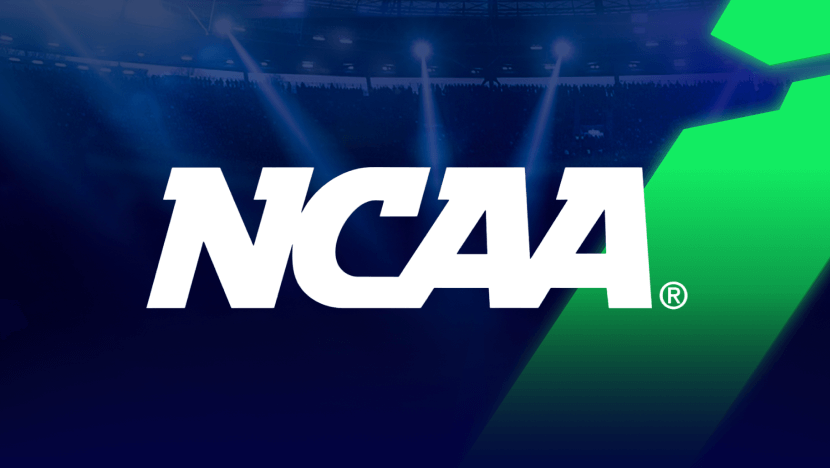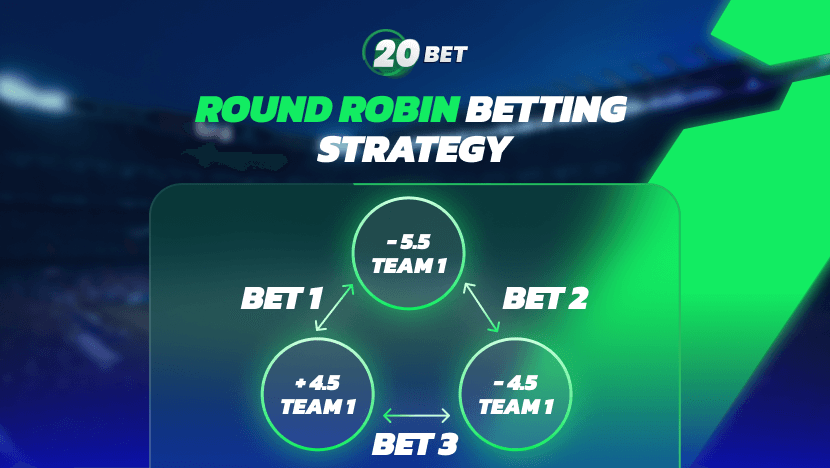When I first started betting, I was like most people, throwing down wagers on my favorite teams or following the hype. Spoiler alert: that didn’t work out so well. Then I started paying attention to numbers like money percentage betting.
Turns out, they’re kind of like the “inside scoop” on what’s really happening in the betting market. They help you figure out whether public bets are driving the odds or if sharp money (the pros) is moving the money flow. Let’s break this down in plain English so you can actually use it to your benefit.
What is the Sports Betting Bet Percentage?
Sports betting percentage is basically the number of bets placed on one side of a game compared to the other. For example:
Cowboys vs Eagles
- 70% of bets are on the Cowboys to cover the spread.
- That means that the public, the average bettor, is leaning heavily toward the Cowboys.
But here’s the catch: the public doesn’t always win. Actually, they often lose. Sportsbooks know this, and they set their betting lines to take advantage of trends in bet distribution. If most people are betting on one team, it’s a sign the odds might be skewed to tempt you into a bad bet.
What is the Sports Betting Money Percentage?
Money percentage, on the other hand, shows where the actual money distribution is: not just the number of bets. Here’s a real-world example:
Lakers vs Clippers
This tells you two important things:
- The majority of public money is backing the Lakers.
- A significant chunk of money, likely from sharp bettors, is on the Clippers.
When these numbers don’t match, it’s a red flag. The sharps are usually better at spotting value, so money influence is often more reliable than betting data based on the crowd.
Quick Guide: How to Use Bet and Money Percentages
Here’s a simple guide to making sense of these numbers:
- Check for mismatches: Look for the big percentage difference between the bet percentage and the money percentage. If the bet split and money movement don’t align, sharp action might be at play.
- Follow the money: The money percentage on bets usually points to where the smart bets are landing.
- Watch line movement: If the line shifts against the public, it’s often because sportsbooks are reacting to sharp money.
- Don’t blindly fade the public: Yes, the public is wrong a lot, but they do win sometimes. Use the percentages as a tool, not a guarantee.
Bet Percentage vs Money Percentage in Different Sports
Different sports have their own quirks when it comes to percentages. Let’s break it down:
NFL: The Public’s Playground
The NFL is the most bet-on sport in the U.S., which means public money is everywhere. You’ll often see heavy bet volume on popular teams like the Chiefs or Cowboys, but sharps might quietly back an underdog. If 80% of bets are on the Chiefs, but the money percentage leans toward the other side, take a closer look.
NBA: Fast Action, Fast Line Shifts
The NBA moves fast: both on the court and in the betting markets. A single sharp bettor can swing the market percentages in smaller matchups. If you see a sudden shift in money percentage toward a less popular team, it’s worth investigating.
MLB and NHL: Less Public, More Sharps
These leagues don’t get as much casual action, so the money percentage is often a clearer indicator. If you’re betting on baseball or hockey, following the sharps can be especially profitable.
Money vs Bet Percentage: Key Differences
Here’s a quick side-by-side breakdown:
| Bet Percentage | Money Percentage |
| Number of bets placed | Total cash wagered (handle) |
| Shows public betting trends | Highlights sharp money movement |
| Useful for spotting public bias | More reliable for predicting line moves |
Summing Up
If you want to get better at sports betting, understanding betting data and betting money percentages is a must. Bet percentages tell you what the public is doing. Money percentage? That’s where the real action is. Look for mismatches, follow wager insights, and don’t get caught chasing the hype.
FAQs
Can Money Percentage Affect Line Movement?







